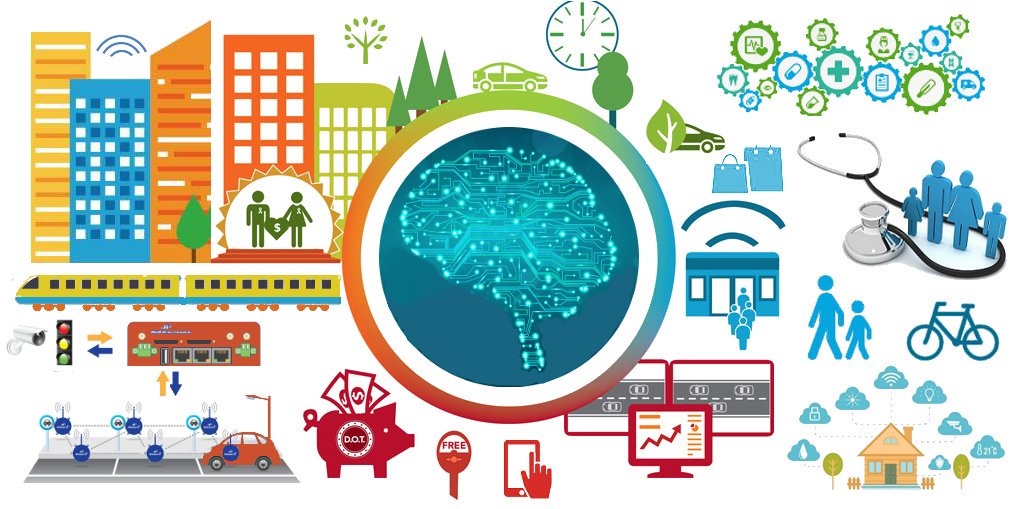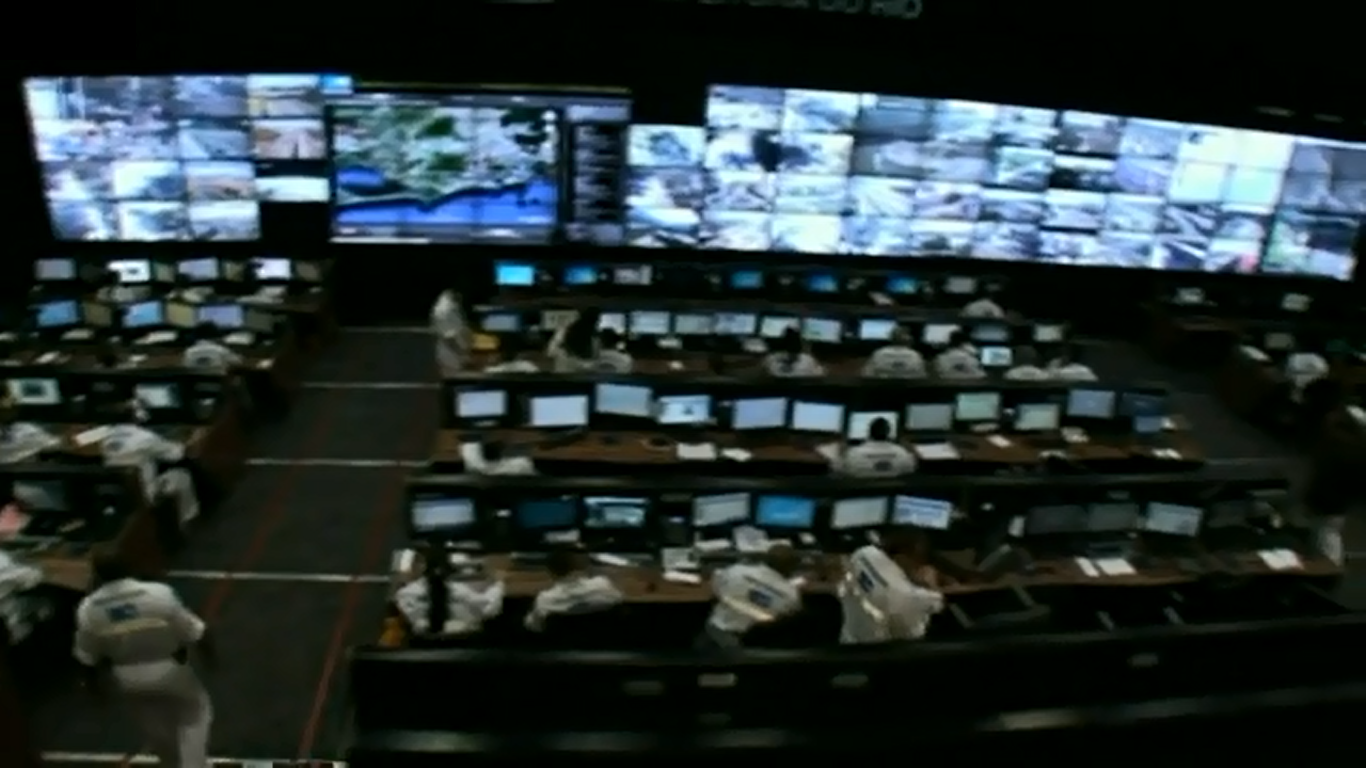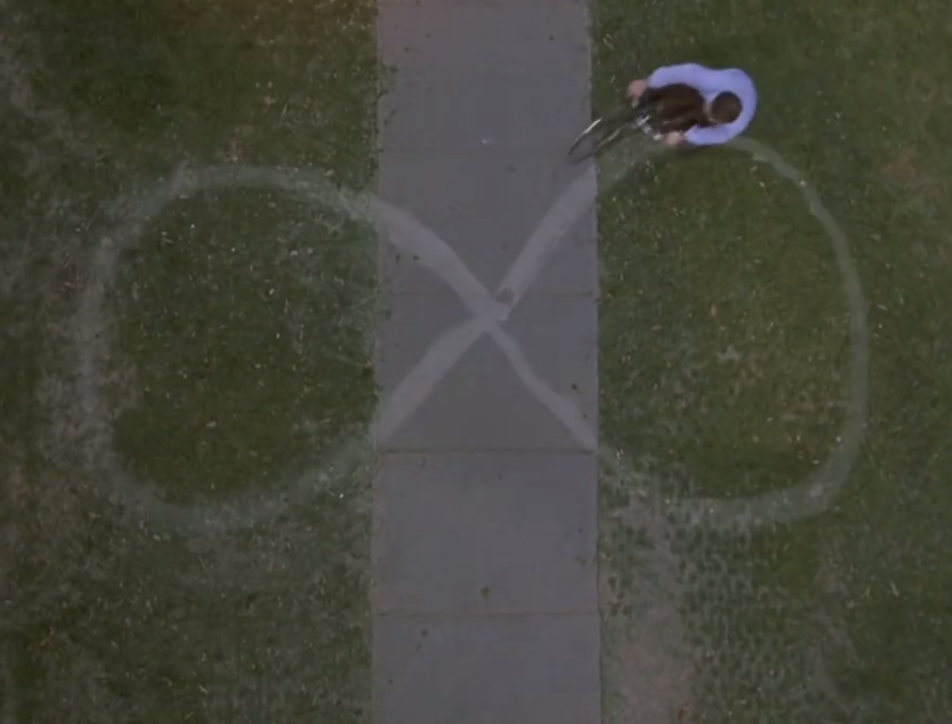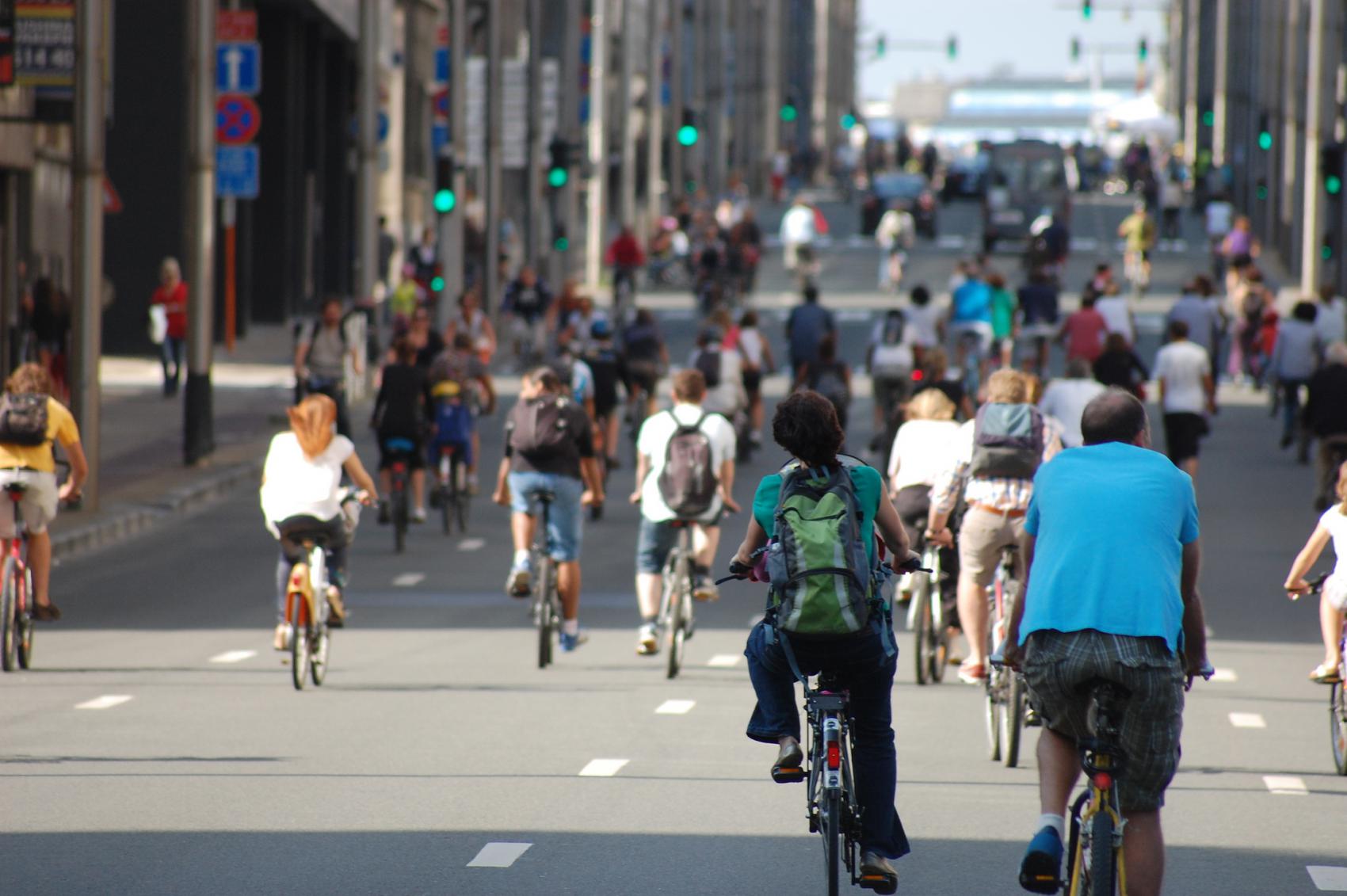
One (central) Brain to Rule Them All
As part of our work to help cycling and the bike industry into the world of smart, connected and shared mobility we are working with visionaries and leaders who are setting the tone in this new mobility. We are going to be inviting some of them to share their thoughts and visions with ECF.com in the coming months.
Route planning and navigation systems have silently changed the way we experience the city in which we live, and the way we travel. We are so used to navigation systems now, we don’t even think anymore about those static maps we had to check on in books, or about those huge, (somehow) foldable maps we kept in the dashboard of our cars.
 I remember quite clearly the shift. As a kid, I used to take part (and sometime even win) in fencing contests, but since it’s not the most popular sport ever – at least not in Italy – these events were usually held during the weekend, in sad little towns spread all over the country. Those kind of places you would only go if your son is a musketeer-wannabe. We were usually happier when we could find the gym than if I was good enough to actually win something. But that changed quite quickly and drastically when we mounted our first TomTom. It was not the most precise version, and it was updated every other year; but generally speaking you could find your ‘needle-street’ in the ‘haystack-of-urban-design’.
I remember quite clearly the shift. As a kid, I used to take part (and sometime even win) in fencing contests, but since it’s not the most popular sport ever – at least not in Italy – these events were usually held during the weekend, in sad little towns spread all over the country. Those kind of places you would only go if your son is a musketeer-wannabe. We were usually happier when we could find the gym than if I was good enough to actually win something. But that changed quite quickly and drastically when we mounted our first TomTom. It was not the most precise version, and it was updated every other year; but generally speaking you could find your ‘needle-street’ in the ‘haystack-of-urban-design’.
Today that has changed a lot. One not only gets more than one route option, but one can change one’s preference for the fastest, the shortest, or the nicest route. Today, we can even crowdsource information on traffic, extraordinary events or accidents in real-time, and adjust the trip accordingly. There are a wide variety of apps and systems working on improving the navigation experience, tackling the issue from different perspectives and using different tools.
Still, not much has been done by and for cyclists. Of course, there are some pretty good initiatives, but where is the ‘Google Maps’ of cycling? Showing bike lanes, cycle paths, off-roads in parks, up-hills and alternative routes, the fastest and the safest or less polluted option, potential connections with public transport or other kind of shared mobility?
An old diatribe: Adam Smith vs John Nash
What we are still lacking is a real, centralised intelligence behind these systems. Up to now, everyone’s smartphone, navigator or pc is acting as a brain for urban mobility, optimising routes uniquely for the owner’s personal interest.
 Adam Smith’s Invisible Hand theory stated that, in economy, the best result is achieved if every actor only pursues their own profit: the market will then be automatically regulated by its own laws of supply and demand, the Invisible Hand. This decentralised approach to navigation system adoption does the same for urban mobility: no attention is given to traffic in cities as a societal, common problem. Every and each independent ‘brain’ calculates routes from A to B in Brussels, London, Beijing, New York, only considering the best route for itself, with little or any concern about other people simultaneously checking the same itinerary at a given moment. Almost as if we were to circulate alone across the city. If adjustments are required due to heavy traffic, once again the individual systems will decide on their own. As it happened in (global) economy, this approach has proved to be suboptimal for urban congestion and mobility, to say the least.
Adam Smith’s Invisible Hand theory stated that, in economy, the best result is achieved if every actor only pursues their own profit: the market will then be automatically regulated by its own laws of supply and demand, the Invisible Hand. This decentralised approach to navigation system adoption does the same for urban mobility: no attention is given to traffic in cities as a societal, common problem. Every and each independent ‘brain’ calculates routes from A to B in Brussels, London, Beijing, New York, only considering the best route for itself, with little or any concern about other people simultaneously checking the same itinerary at a given moment. Almost as if we were to circulate alone across the city. If adjustments are required due to heavy traffic, once again the individual systems will decide on their own. As it happened in (global) economy, this approach has proved to be suboptimal for urban congestion and mobility, to say the least.
The innovation John Nash brought to the economic sector (almost a revolution, in fact, that earned him a Nobel Prize) put itself exactly within this principle. Ron Howard’s A Beautiful Mind brilliantly explains this new idea: the best result is obtained when every actor does what is best for themselves while optimising the result for the other actors. Calculating the ideal, optimal route just for myself, pretending I will be the only person on the road will probably not work for the best.
What I – and everyone else in my city – would need is a centralised intelligence, capable of managing route requests from hundreds of thousands of commuters. The city brain would then elaborate a more complex, socially-optimal solution, taking into account every individual’s and the general public’s interests, quickly generating different options for each and every commuter, making sure the main street will not get clogged and discharging part of the traffic pressure on smaller, secondary roads when efficient.
Will this benefit everyone? Indirectly. Some of those commuters will clearly have to take slower or longer routes, but the city’s traffic will be much more fluent, allowing even them to have a smooth and safe walk, ride or drive, optimising the “flock” of commuters.
 A truly intelligent brain would promote cycling
A truly intelligent brain would promote cycling
What’s in it for cyclists? The cost-benefit analysis algorithm run by this urban intelligence might take into consideration travel time, economic cost, environmental (pollution) cost, pressure on the urban infrastructure, and a whole range of other variables to decide which transportation to prioritise: where do you think would bicycles stay?
Furthermore, local authorities would be able to actively decide to promote the use of public or active transport over motorised traffic, or directing the most polluting vehicles on peripheral areas, where toxic substances would affect fewer people.
A reward scheme could even be set up to incentivise citizens to adopt a virtuous behaviour, either financially or through credits in private and public services. Overall, once a properly functioning artificial intelligence based on deep learning-capable neural networks has been set in place, the opportunities it offers are nearly endless, both in influencing or even steering good behaviour to boost the development of liveable, healthy, safe and efficient cities.
Regions:
News category:
Contact the author
Recent news!
Upcoming events
Contact Us
Avenue des Arts, 7-8
Postal address: Rue de la Charité, 22
1210 Brussels, Belgium









